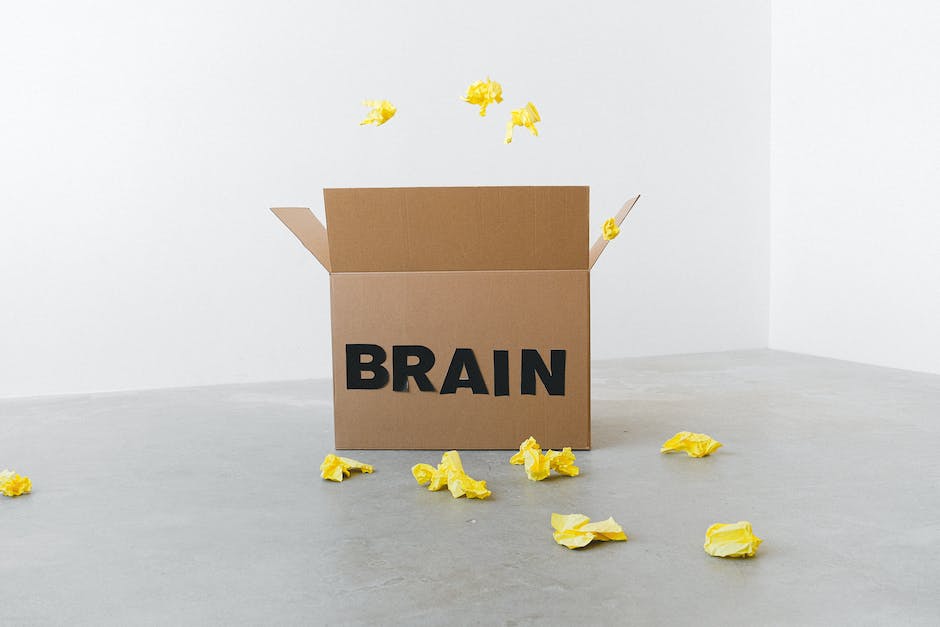
Contents
and Health
Huntington’s disease is a rare, inherited neurological disorder that affects a person’s physical and mental abilities. The effects can be quite devastating and often lead to a reduced quality of life. Currently, there is no cure for this degenerative disease, however, medications and supportive therapies can help to lessen its negative impacts. Knowing the symptoms, causes, and treatments available for the symptoms can help to manage or delay the progression of the disease.
What is Huntington’s Disease?
Huntington’s disease is a rare, progressive, inherited neurological disorder that affects physical and mental abilities. The typical age range for Huntington’s to manifest is from 30 – 60 years of age, though symptoms may appear earlier or even later depending on the genetic makeup of the person. The disease is caused by a defective gene. The defect causes a protein, called huntingtin, to abnormally build up in the brain, eventually leading to its degeneration.
What Are The Symptoms Of Huntington’s Disease?
The symptoms of Huntington’s disease can vary, but usually include movement control difficulties as well as cognitive and behavioral changes. Symptoms may include involuntary movements, rigidity, bradykinesia, impaired coordination known as ataxia, depression and mood swings, apathy, a shuffling gait, unsteady balance, depression, apathy, and dementia.
What Are The Causes Of Huntington’s Disease?
Huntington’s disease is caused by a genetic defect on either one of a person’s two copies of Chromosome 4. The defect causes a protein called huntingtin to abnormally build up in the brain, resulting in its degeneration and the various symptoms associated with the disease.
How Is Huntington’s Disease Treated?
The treatment of Huntington’s disease involves medications and supportive therapies. For example, medications can be prescribed to help reduce the symptoms and slow the progression of the disease, while supportive therapies can help to improve quality of life. There is currently no cure for the disease, but treatments can help to lessen the negative impacts it can have on a person’s life. Examples of supportive therapies include physical therapy and occupational therapy, which can help with motor skills, and speech and language therapy, which can help with communication and swallowing difficulties.
Key Points of Understanding Huntington’s Disease:
- Symptoms: involuntary movements, rigidity, bradykinesia, impaired coordination, depression and mood swings, apathy, a shuffling gait, unsteady balance, depression, apathy, and dementia.
- Causes: A defective gene on Chromosome 4 causes a protein called huntingtin to abnormally build up in the brain.
- Treatments: Prescription medications and supportive therapies can help to manage symptoms and slow the progression of the disease.
